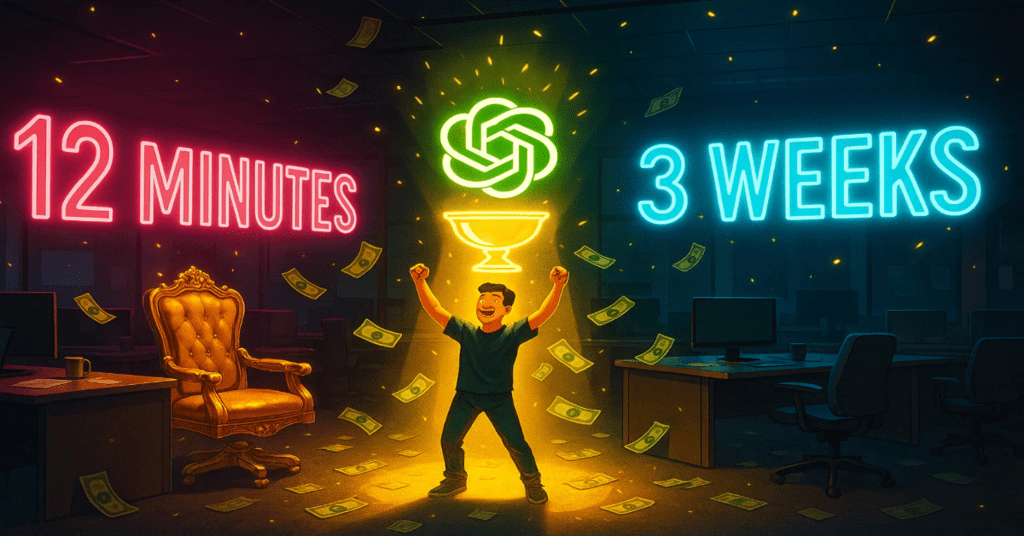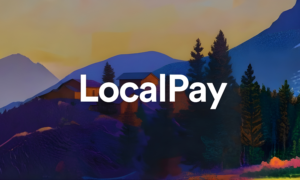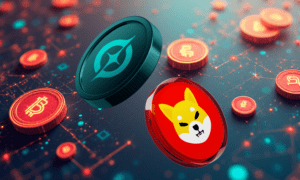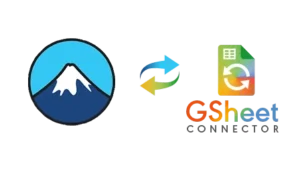ChatGPT Fixed The $2M Bug That Destroyed a Team
Rachel was a junior data scientist at Netflix. Her senior developer, Marcus (15 years experience, MIT grad), had been hunting a bug for three weeks. The recommendation algorithm was serving horror movies to kids’ profiles. Parents were furious. $2M in canceled subscriptions.
Marcus worked 16-hour days. Brought in consultants. Reviewed 50,000 lines of code. Nothing.
Rachel, frustrated, dumped the entire codebase into ChatGPT with the error logs. She didn’t expect much. She was just tired of waiting.
12 minutes later, ChatGPT found it. A race condition in the cache invalidation logic that only triggered when specific demographic combinations aligned. It even explained why traditional debugging missed it.
Rachel fixed it. Tested it. Deployed it. The bug disappeared.
Marcus quit the next day. His resignation letter: “If a junior with ChatGPT can do in 12 minutes what I couldn’t do in 3 weeks, what’s my value?”
ChatGPT Understands Code Better Than Humans
Rachel discovered something that shattered her worldview: ChatGPT doesn’t get tired, frustrated, or develop tunnel vision.
The bug Marcus missed was subtle:
- Only happened when users aged 7-10
- Watched exactly 3 movies in a row
- During peak hours (7-9 PM PST)
- With specific cache states
Marcus was looking for logical errors. ChatGPT analyzed patterns across the entire codebase simultaneously. It saw what humans couldn’t: a timing issue that created a 43-millisecond window where the wrong recommendation model loaded.
Rachel’s prompt that solved it: “Here’s our recommendation system code [paste 50K lines]. Here are error logs showing horror movies served to kids profiles [paste logs]. The bug only happens sometimes. Senior devs can’t find it. What patterns do you see that humans might miss?”
The Mass Exodus Nobody Talks About
After Marcus quit, Rachel became the unofficial bug fixer. Her method:
- Paste code into ChatGPT
- Add error logs and user reports
- Ask: “What are all possible causes, ranked by probability?”
- Test ChatGPT’s hypotheses
- Usually fixed within an hour
Three months later:
- 2 more senior devs quit (“Feel obsolete”)
- 1 transferred to product management
- 1 embraced ChatGPT and became 10x more productive
Netflix’s recommendation team now has a policy: Try ChatGPT first, before starting manual debugging.
The Data Science Revolution Happening in Secret
Rachel’s discoveries went beyond debugging:
Model Optimization: “This model takes 6 hours to train. Make it faster without losing accuracy.” ChatGPT rewrote the training pipeline. New time: 47 minutes. Accuracy improved 0.3%.
Feature Engineering: “What features might we be missing for user churn prediction?” ChatGPT suggested 17 new features. 5 significantly improved the model.
Code Review: “Review this code for potential issues.” ChatGPT found 7 bugs human reviewers missed, including a memory leak that would have crashed production.
Want to understand the full scope of AI in data science? Here’s a comprehensive breakdown.
The Metrics That Made Netflix Take Notice
Rachel tracked her ChatGPT-assisted performance:
| Metric | Before ChatGPT | With ChatGPT |
| Bugs fixed/week | 2-3 | 15-20 |
| Model training time | 6 hours avg | 45 minutes |
| Code review accuracy | 70% | 95% |
| Feature engineering ideas | 5/month | 50/month |
| Production incidents | 3/month | 0 |
| Stress level | 9/10 | 3/10 |
Netflix promoted Rachel to Senior Data Scientist after 8 months. Typical timeline: 3-4 years.
The New Hierarchy in Tech
Rachel’s observation that changed her perspective:
“There are now three types of developers:
- Those who refuse to use AI (becoming obsolete)
- Those who use AI as a tool (staying relevant)
- Those who use AI as a collaborator (becoming exceptional)”
Marcus was type 1. He saw ChatGPT as a threat to his expertise. Rachel was type 3. She saw ChatGPT as a force multiplier for her intelligence.
The Uncomfortable Truth
Rachel’s former senior developer, Marcus, reached out six months later. He’d spent time learning to work with ChatGPT. His message:
“I was wrong. ChatGPT didn’t make me obsolete. My refusal to adapt did. Just got hired at Apple. Using ChatGPT daily. More productive than ever. Thanks for showing me the future.”
Rachel’s response: “The bug you couldn’t fix wasn’t in the code. It was in thinking AI was the enemy.”
Today, Rachel leads a team of 12 data scientists at Netflix. Her interview question for new hires: “Show me how you’d use ChatGPT to solve this problem.”
Those who try to solve it manually don’t get hired. Not because they can’t code. Because they can’t adapt.
The revolution in data science isn’t coming. It’s here. The senior developer who quit was right about one thing: The game has changed. He was just wrong about whether to play.





























